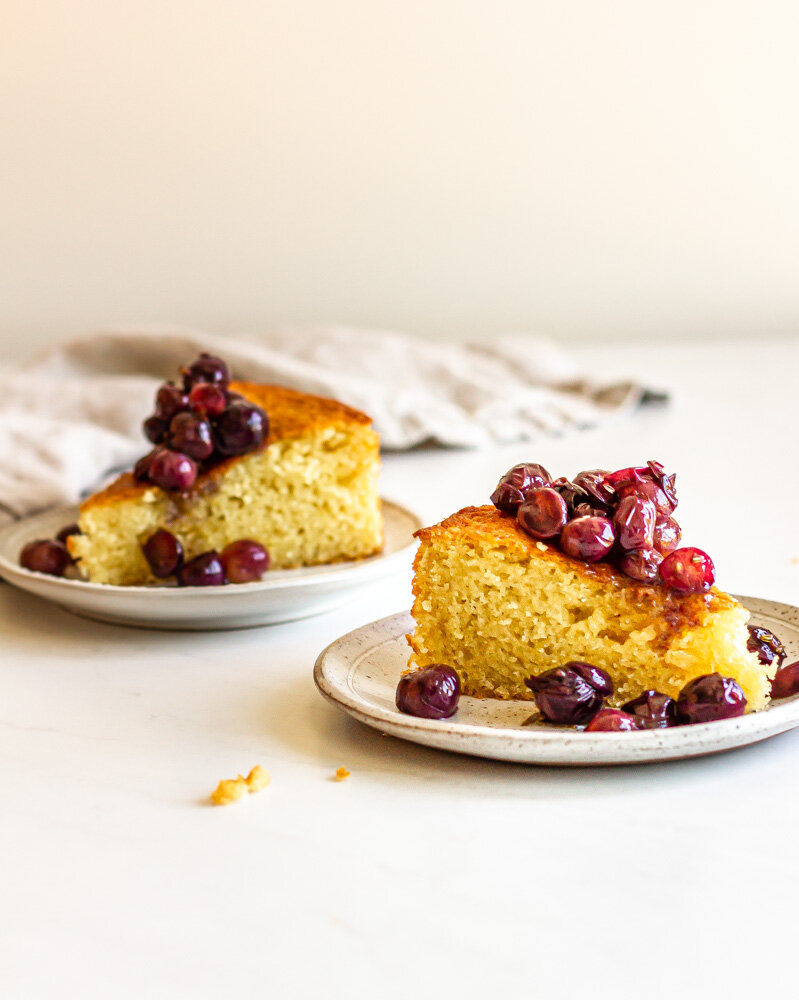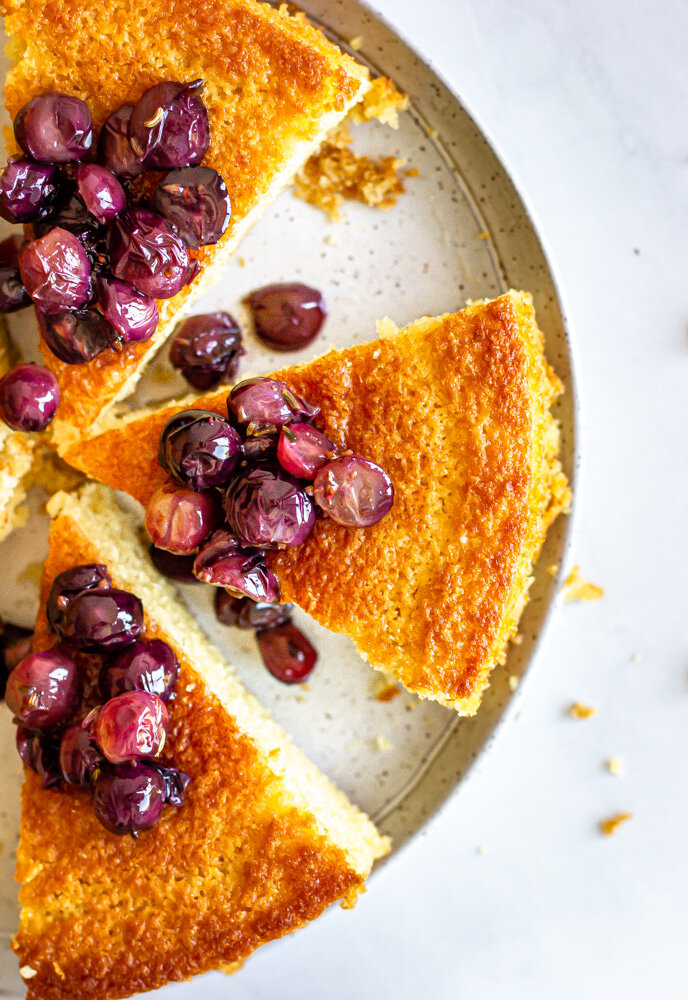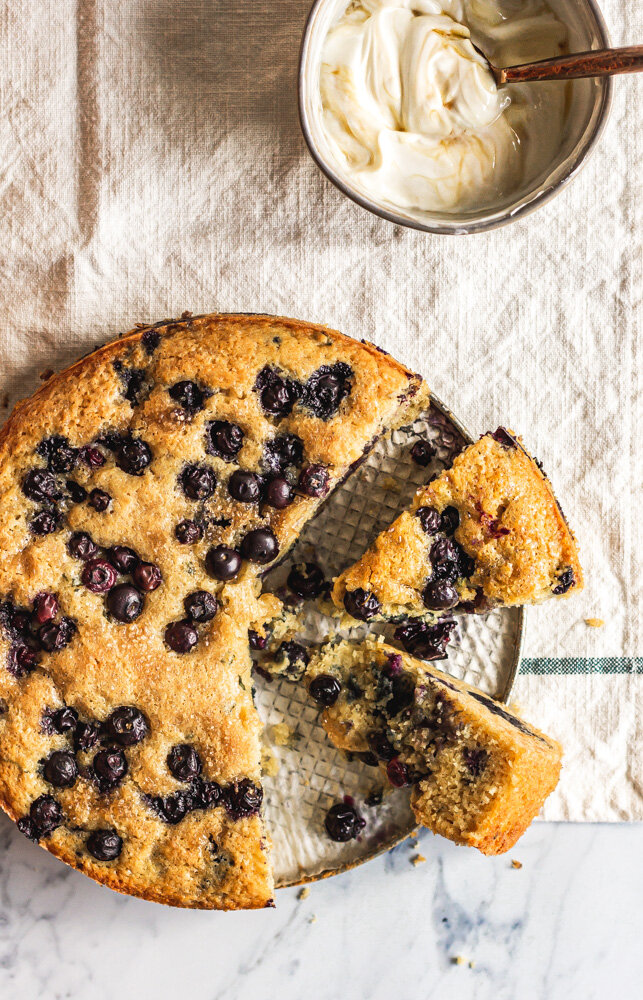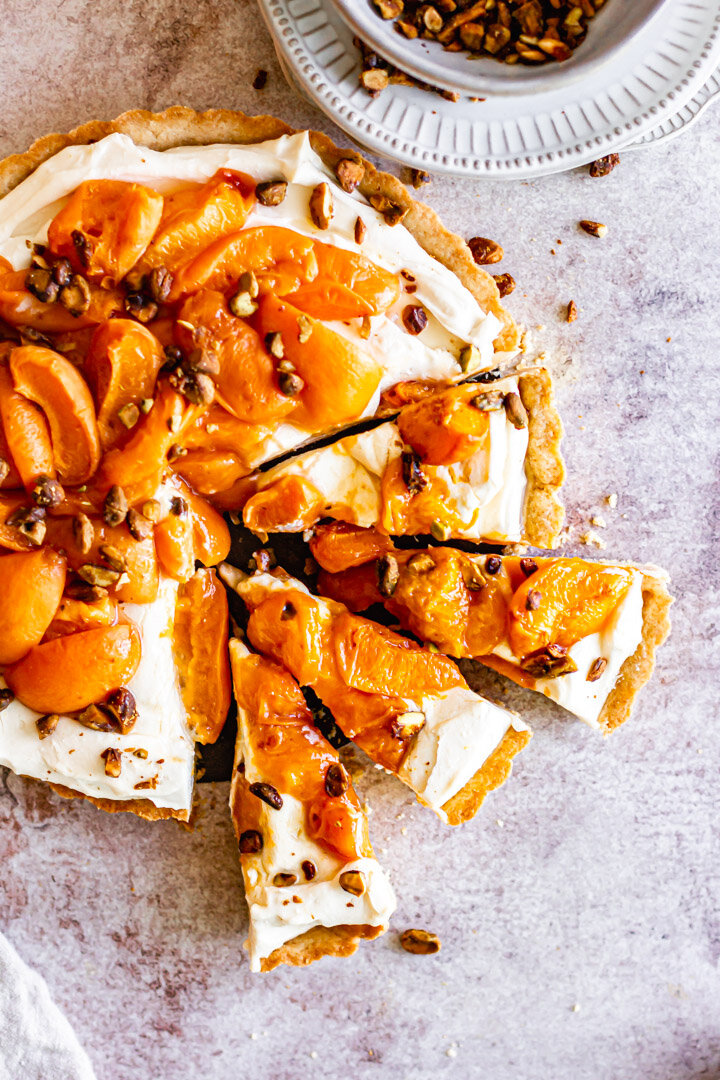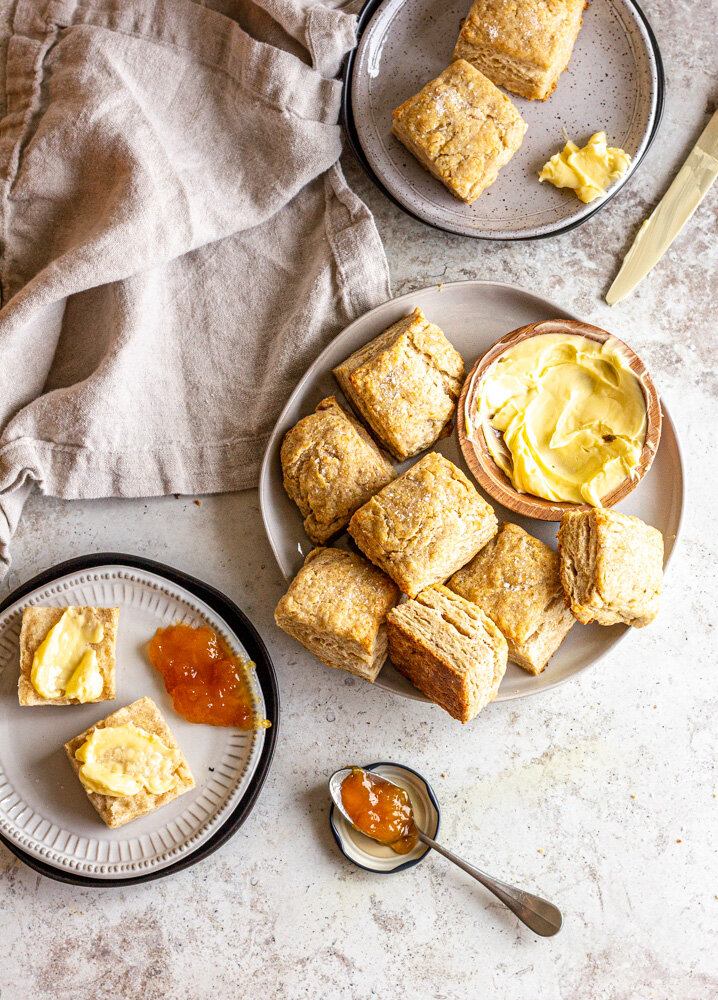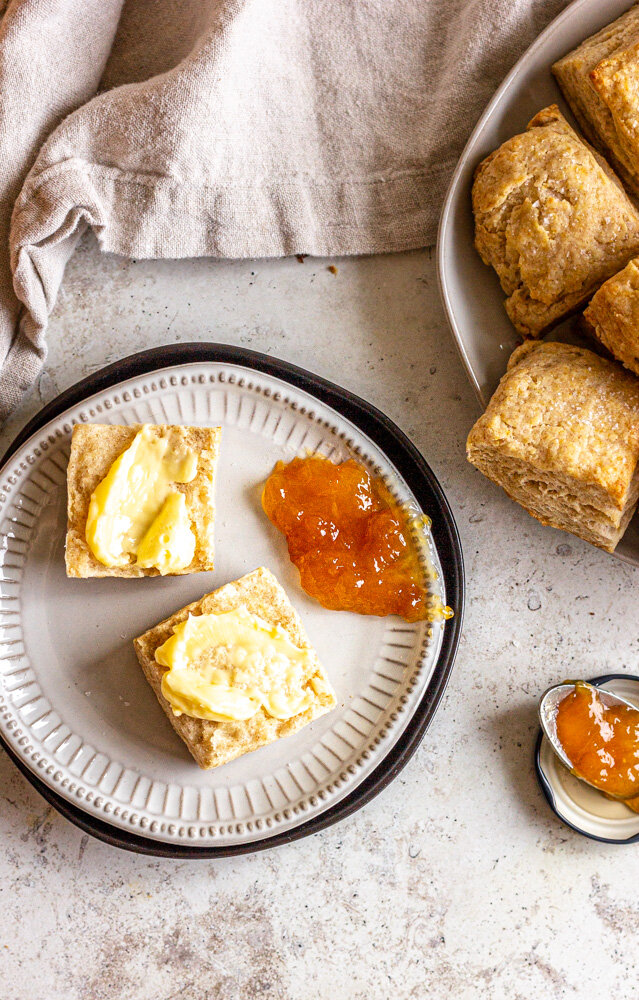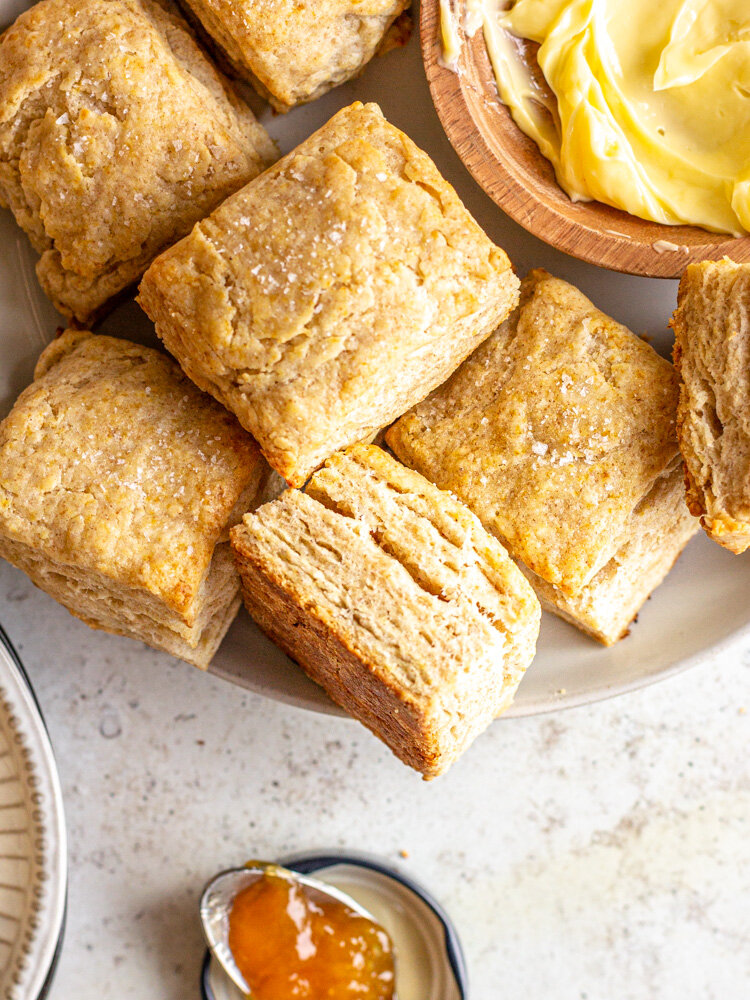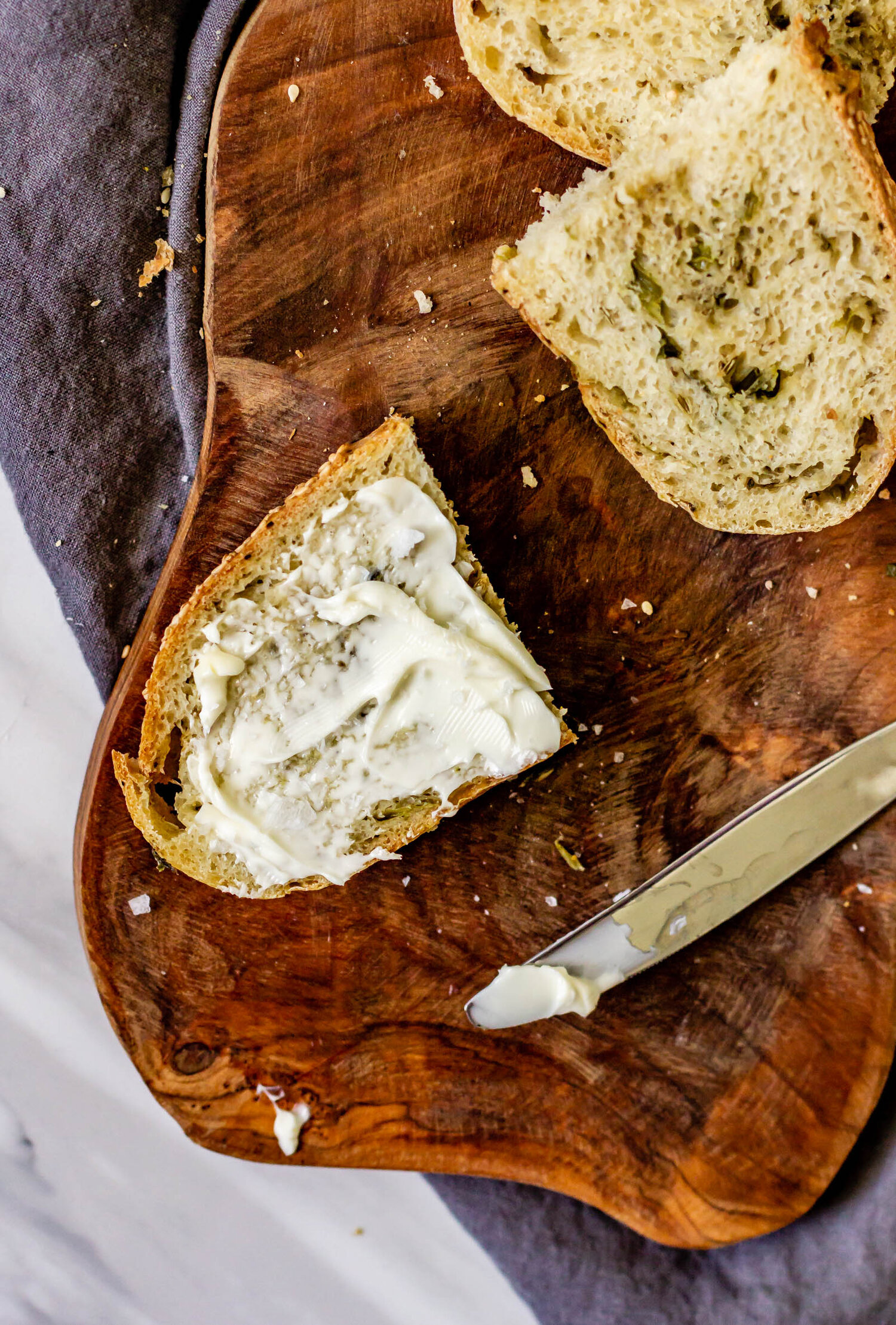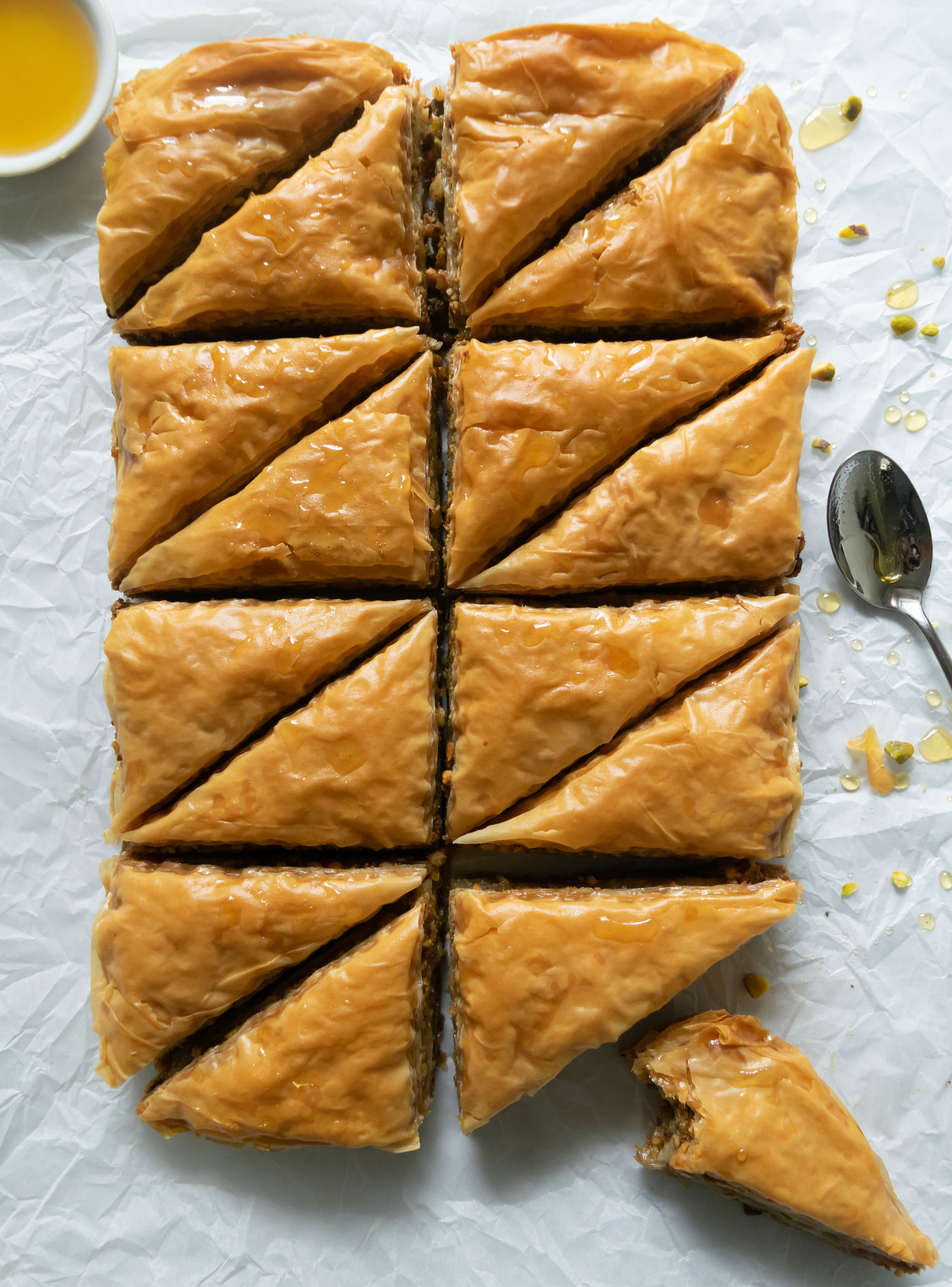Pumpkin Bread with Bay Leaf Syrup
/An easy, moist pumpkin bread filled with warming spices and topped with an herbal bay leaf syrup and crunchy pumpkin seeds.
Does the world need another pumpkin bread recipe? Probably not. Am I going to give you one anyway? You bet your bottom dollar.
I’ve mentioned before that I’m not a pumpkin spice latte kinda gal, but a good loaf of pumpkin bread is something I can get behind. Like banana and zucchini bread, pumpkin bread is just good. It’s good in the morning with a cup of coffee, it’s good in the afternoon slathered with butter. It’s good fresh out of the oven, and it’s good 3 days later. It’s good in a house or with a mouse or here or there…you get the idea. It’s easy and satisfying and exactly how I want to celebrate the first few minutes of fall.
a very simple pumpkin bread
This pumpkin bread is fairly straight forward featuring a blending method technique and your usual cast of characters: flour, sugar, brown sugar, leavening agents, salt, spices, oil, eggs, and pumpkin. The addition of brown sugar gives a more caramelized flavor, while the oil, eggs, and pumpkin make this bread super moist. (And that’s a good word in this case!)
I’ve included a bunch of warming spices, but if you have a chai spice blend or hawaij spice blend laying around from our Dirty Chai Banana Bread or Hawaij Snickerdoodles, feel free to sub that instead. You could also use store-bought or homemade pumpkin pie spice.
Finally, the thing that makes pumpkin bread so dense and moist is oil. Oil is a liquid fat with no water content so it gives a softness and density to this cake that a creamed butter recipe wouldn’t. I used avocado oil, but you can substitute any neutral oil (like grapeseed or vegetable) in its place. Or, if you are like me and love that savory olive oil flavor in your desserts, a good, fragrant olive oil would work really nicely.
bay leaf simple syrup
You know I couldn’t just make a basic pumpkin bread and leave it at that.
We finish this loaf with a bay leaf simple syrup made by simmering sugar, water, and dried bay leaves. It’s herbal and grassy and complements the pumpkin flavor so well. It also sticks to the pumpkin seeds creating a crunchy outer shell that I’m 100% here for.

Pumpkin Bread with Bay Leaf Syrup
Ingredients
- 2 1/4 cups (280 g) all purpose flour
- 1 tsp baking powder
- 1/2 tsp baking soda
- 1 1/2 tsp kosher salt
- 1 tsp ground cinnamon*
- 1/2 tsp ground cardamom*
- 1/4 tsp ground nutmeg*
- 1/4 tsp ground cloves*
- 1/4 tsp ground all spice*
- 1/2 tsp ground ginger*
- 1/2 cup (106 g) brown sugar
- 1/2 cup (100 g) granulated sugar
- 3/4 cup (150 g) avocado oil*
- 2 eggs
- 1 (15 oz) can pumpkin
- 2 tbsp demerara sugar, for sprinkling
- 3 tbsp pumpkin seeds, for sprinkling
- 1/4 cup (50 g) granulated sugar
- 1/4 cup (50 g) water
- 3 dried bay leaves
Instructions
- Preheat the oven to 325° F. Line a 9x5” loaf pan with parchment paper and set aside.
- In a medium bowl, whisk together flour, baking powder, baking soda, salt, and spices. Set aside.
- In a large bowl, whisk together brown sugar, sugar, and avocado oil for 1-2 minutes, until mixture is lightened slightly. Add the eggs and whisk again until smooth and homogenized. Whisk in the pumpkin.
- Add the dry ingredients to the batter and whisk until batter is smooth and no flour clumps remain. Pour the batter into your prepared baking pan and sprinkle the top with demerara sugar and pumpkin seeds.
- Bake for 55-65 minutes, until a skewer or knife inserted in the center comes out clean.
- When the bread is done, remove from oven and pour the bay leaf syrup over the top. Let cool completely in the pan.
- Combine sugar, water, and bay leaves in a small saucepan set over medium heat. Bring to a boil and cook for about 5 minutes, until fragrant and sugar has completely dissolved.
Notes:
- You can substitute the spices for 1 3/4 tsp of my chai spice blend or hawaij spice blend.
- If you don't have avocado oil, you can use another neutral oil like vegetable, sunflower, or grapeseed.







